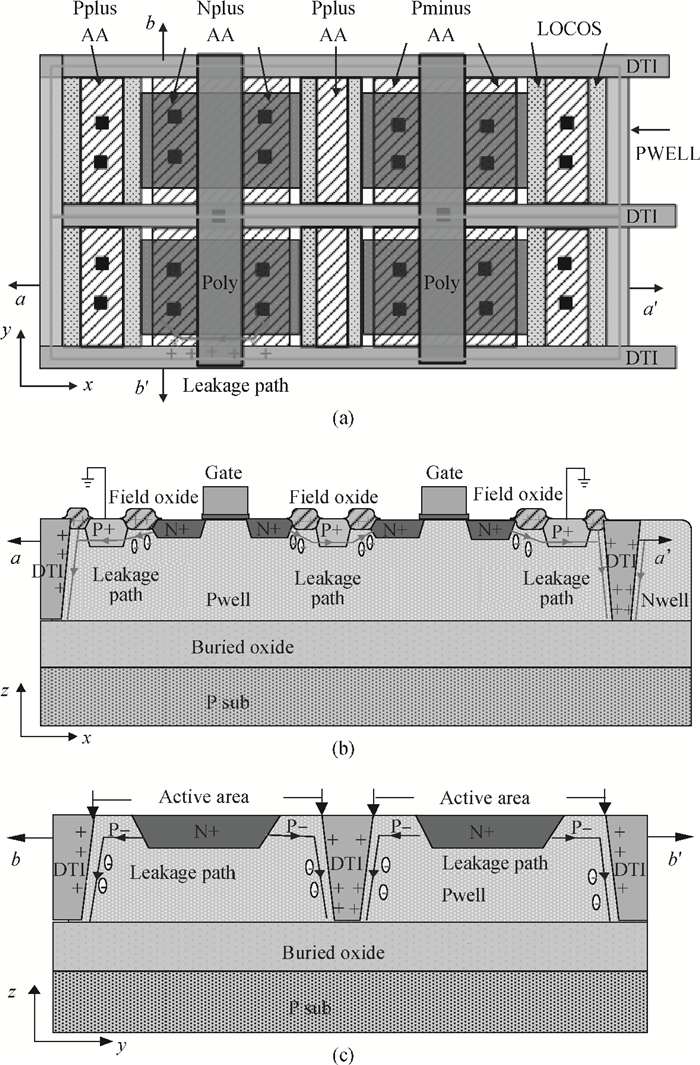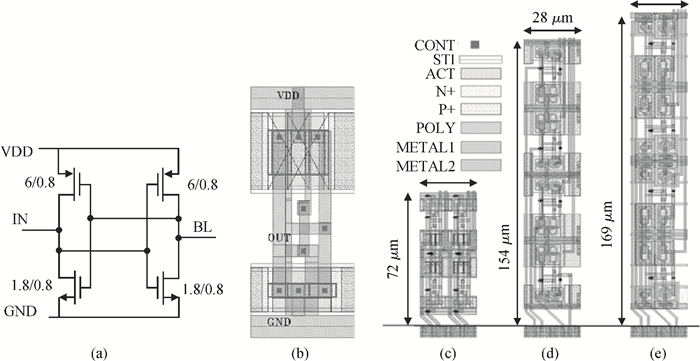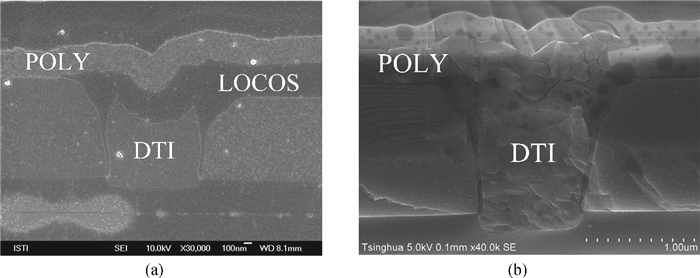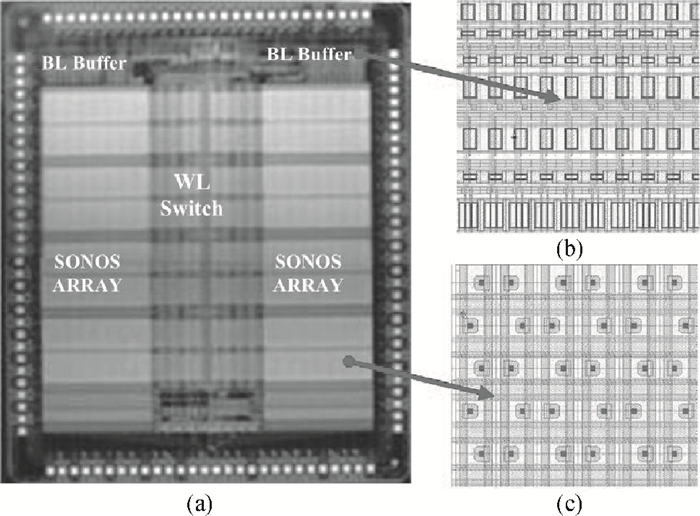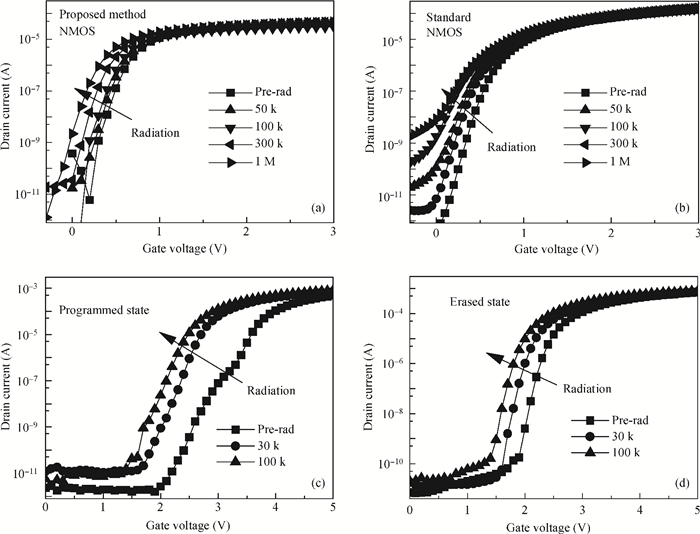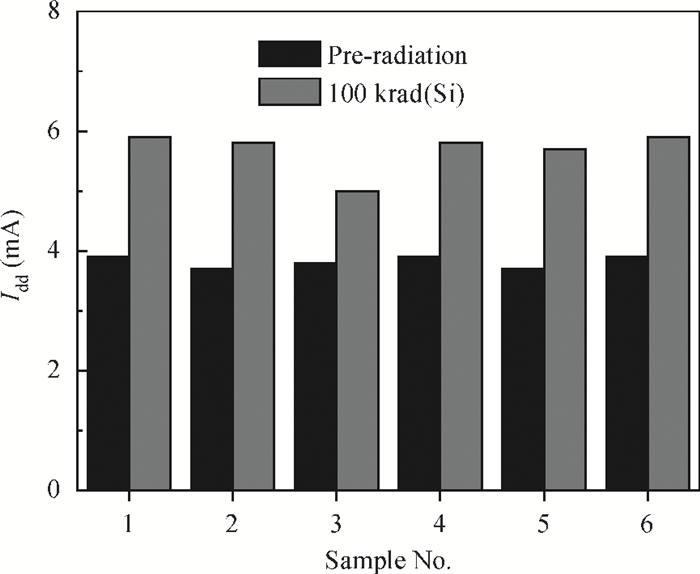| Citation: |
Fengying Qiao, Liyang Pan, Dong Wu, Lifang Liu, Jun Xu. A PD-SOI based DTI-LOCOS combined cross isolation technique for minimizing TID radiation induced leakage in high density memory[J]. Journal of Semiconductors, 2014, 35(2): 024003. doi: 10.1088/1674-4926/35/2/024003
****
F Y Qiao, L Y Pan, D Wu, L F Liu, J Xu. A PD-SOI based DTI-LOCOS combined cross isolation technique for minimizing TID radiation induced leakage in high density memory[J]. J. Semicond., 2014, 35(2): 024003. doi: 10.1088/1674-4926/35/2/024003.
|
A PD-SOI based DTI-LOCOS combined cross isolation technique for minimizing TID radiation induced leakage in high density memory
DOI: 10.1088/1674-4926/35/2/024003
More Information
-
Abstract
In order to minimize leakage current increase under total ionizing dose (TID) radiation in high density memory circuits, a new isolation technique, combining deep trench isolation (DTI) between the wells, local oxidation of silicon (LOCOS) isolation between the devices within the well, and a P-diffused area in order to limit leakage at the isolation edge is implemented in partly-depleted silicon-on-insulator (PD-SOI) technology. This radiation hardening technique can minimize the layout area by more than 60%, and allows flexible placement of the body contact. Radiation hardened transistors and 256 Kb flash memory chips are designed and fabricated in a 0.6 μm PD-SOI process. Experiments show that no obvious increase in leakage current is observed for single transistors under 1 Mrad(Si) radiation, and that the 256 Kb memory chip still functions well after a TID of 100 krad(Si), with only 50% increase of the active power consumption in read mode. -
References
[1] Gerardin S, Paccagnella A. Present and future non-volatile memories for space. IEEE Trans Nucl Sci, 2010, 57:3016 http://ieeexplore.ieee.org/document/5658042/?reload=true&tp=&arnumber=5658042&contentType=Journals%20%26%20Magazines&punumber%3D23[2] Barnaby H J. Total-ionizing-dose effects in modern CMOS technologies. IEEE Trans Nucl Sci, 2006, 53:3103 doi: 10.1109/TNS.2006.885952[3] Dodd P E, Shaneyfelt M R, Schwank J R, et al. Current and future challenges in radiation effects on CMOS electronics. IEEE Trans Nucl Sci, 2010, 57:1747 doi: 10.1109/TNS.2010.2042613[4] Ding L L, Guo H X, Chen W, et al. Study of radiation-induced leakage current between adjacent devices in a CMOS integrated circuit. Journal of Semiconductors, 2012, 33(6):064006 doi: 10.1088/1674-4926/33/6/064006[5] Qiao F Y, Yu X, Pan L Y, et al. TID characterization of 0. 13μm SONOS cell in 4Mb NOR flash memory. IEEE 19th Symposium on Physical and Failure Analysis of Integrated Circuits, Singapore, 2012: 1[6] Bagatin M, Cellere G, Gerardin S, et al. TID sensitivity of NAND flash memory building blocks. IEEE Trans Nucl Sci, 2009, 56:1909 doi: 10.1109/TNS.2009.2016095[7] Lacoe R C. Improving integrated circuit performance through the application of hardness-by-design methodology. IEEE Trans Nucl Sci, 2008, 55:1903 doi: 10.1109/TNS.2008.2000480[8] Alexander D R. Design issues for radiation tolerant micro circuits for space. IEEE Nuclear and Radiation Effects Conf, Short Course, 1996 http://www.sciencedirect.com/science/article/pii/S0168900299008992[9] Schwank J R, Ferlet-Cavrois V, Shaneyfelt M R, et al. Radiation effects in SOI technologies. IEEE Trans Nucl Sci, 2003, 50:522 doi: 10.1109/TNS.2003.812930[10] Han X W, Wu L H, Zhao Y, et al. A radiation hardened SOI based FPGA. Journal of Semiconductors, 2011, 32(7):075012 doi: 10.1088/1674-4926/32/7/075012[11] Schwank, J R, Albuquerque N M, Shaneyfelt M R, et al. Radiation effects in MOS oxides. IEEE Trans Nucl Sci, 2008, 55:1833 doi: 10.1109/TNS.2008.2001040[12] Schrimpf R D, Alles M L, Fleetwood D M, et al. Design and evaluation of SOI devices for radiation environments. IEEE International SOI Conference, 2010:1 http://ieeexplore.ieee.org/document/5641470/[13] Nguyen D N, Farokh I. Comparison of TID response of micron technology single-level cell high density NAND flash memories. IEEE Radiation Effects Data Workshop (REDW), Denver, 2010:1 http://ieeexplore.ieee.org/document/5658037/ -
Proportional views





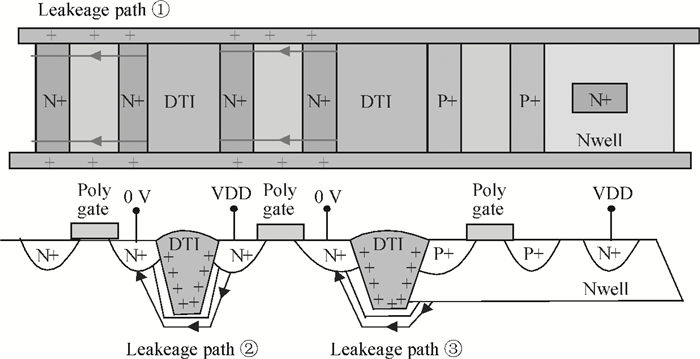
 DownLoad:
DownLoad:
